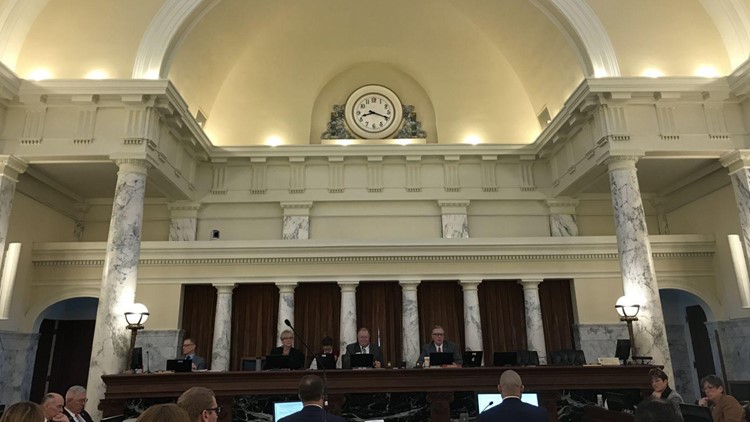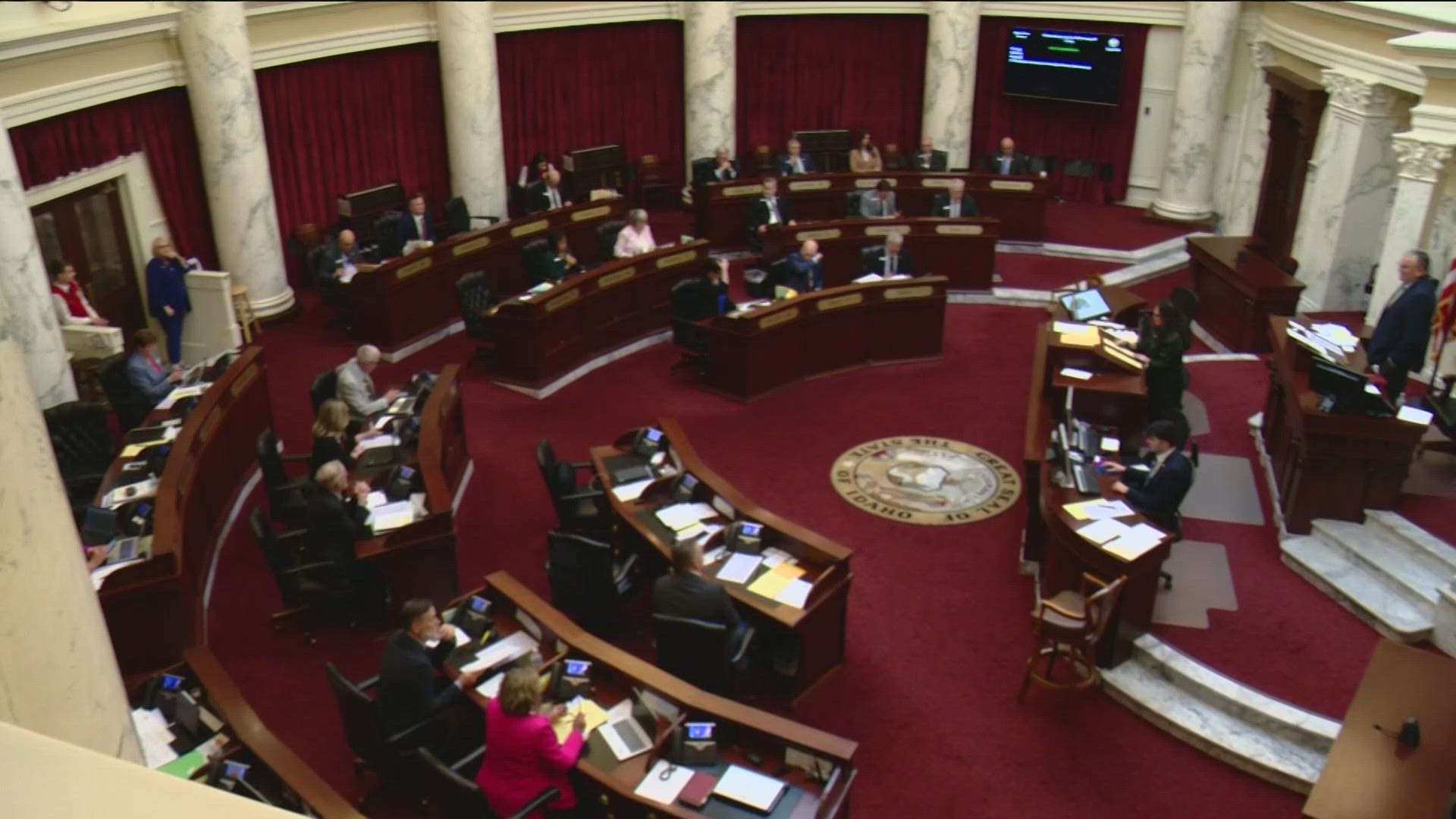BOISE, Idaho — Idaho’s Medicaid expansion is going “remarkably smoothly,” the Legislature’s joint budget committee learned Monday as it held its annual budget hearing into the state’s Medicaid program, according to the Idaho Press.
“As of last week, about 62,000 Idahoans have enrolled with Medicaid under Medicaid expansion,” Medicaid Administrator Matt Wimmer told the Joint Finance-Appropriations Committee. “So far, that has gone remarkably smoothly and we are very pleased with how that has rolled out. We have a lot of folks working a lot of hours to make that happen … working lots of nights and weekends. … So I want to say thank you to all of those folks.”
For next year, the overall budget for Medicaid will grow to more than $3 billion for the first time, with the federal government picking up most of the cost. Gov. Brad Little’s recommendation is for a 9.2% increase in total funds to $3.1 billion; in state general funds, it’d be a 5.2% increase to $722.9 million next year.
Sen. C. Scott Grow, R-Eagle, asked state Health & Welfare Director Dave Jeppesen if the state can expect to see big percentage increases of 9% or more each year off into the future.
Jeppesen said no, as a big part of this year’s increase is for the addition of Medicaid expansion. This year, the expansion started on Jan. 1, so the first six months fell under the current year’s state budget; the next fiscal year, which starts July 1, will be the first full year of Medicaid expansion, for which the federal government pays 90% and the state pays 10%.
But Jeppesen said he worries about trends into the future. “We can’t sustain 9%,” he said. “We have to get down to the 3% or 4% range.” The only way to do that, he said, is to cut health care costs for the state by moving away from traditional fee-for-service payment plans and into managed care, where the state would pay for quality outcomes.
“We’re fortunate that in this state, we have a group of providers who are anxious and willing to do that,” Jeppesen told JFAC. “They’ve already moved that direction with many of the commercial payers in the marketplace and they’ve moved that way very far with Medicare.”
The state is realizing savings through Medicaid expansion in areas where it previously had to underwrite 100% of costs from the state general fund, and can now turn to the feds to pick up 90%, Jeppesen said. “That actually has been going quite well,” he said. “We do see that happening fairly successfully through the transition.” Behavioral health is a good example, he said, of where the state should be making that transition.
The first full year of Medicaid expansion, according to state budget documents, will cost about $197 million in total funds, with about 10%, or $19.7 million, as the state’s share.
Little is proposing to cover the state’s share with no impact on the state general fund, through $10.6 million in savings in various state budgets, including Health & Welfare and Corrections; $2.1 million from the Idaho Millennium Fund, an endowment fund set up from tobacco settlement proceeds; and $8.5 million from “county savings attributable to Medicaid expansion.”
The governor hasn’t proposed any legislation, however, to tap counties for that amount.
Asked about that by JFAC members, Little’s budget director, Alex Adams said, “We were following along with the discussions that were occurring in the interim committee.” He said they “expect that there’ll be action at some point” on legislation relating to that.
If not, JFAC would have to find $8.5 million from the state general fund, or elsewhere, to fill that hole.
“There’s no revenue to support the shift from the dedicated fund at this time,” said legislative budget analyst Jared Tatro.
Idaho’s previous Medicaid program was very limited, mainly serving children, pregnant women, and people with disabilities. In November of 2018, voters approved Medicaid expansion by initiative, opening up full coverage to Idahoans who earn up to 138% of the federal poverty level.
Lawmakers last year attached a series of restrictions and additions to Medicaid expansion that require approval from the federal government, including work requirements. But the federal waivers haven’t yet been approved for any of those, so Medicaid expansion has launched without them.
Sen. Jim Woodward, R-Sagle, asked of the 62,000 new Medicaid expansion enrollees, how many were previously covered through the Your Health Idaho insurance exchange. “Right around 13,000 came over from the exchange to Medicaid,” Wimmer responded.
Wimmer said there are “some very, very preliminary benefits utilization data starting to come in after the first month. … We’re seeing a lot of prescriptions being transferred over, which is not too surprising, since that’s one of the first things you’d want to do if you got new coverage.”
The joint committee is scheduled to begin setting state agency budgets on Friday.
More from our partner Idaho Press: Legislative roundup: Grocery tax, annexations, teacher pay
Watch more 'Idaho Politics'
See them all in our YouTube playlist here:



